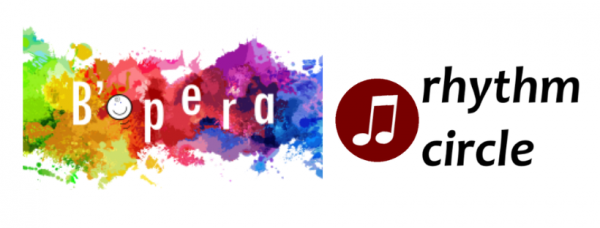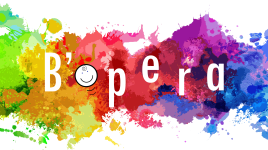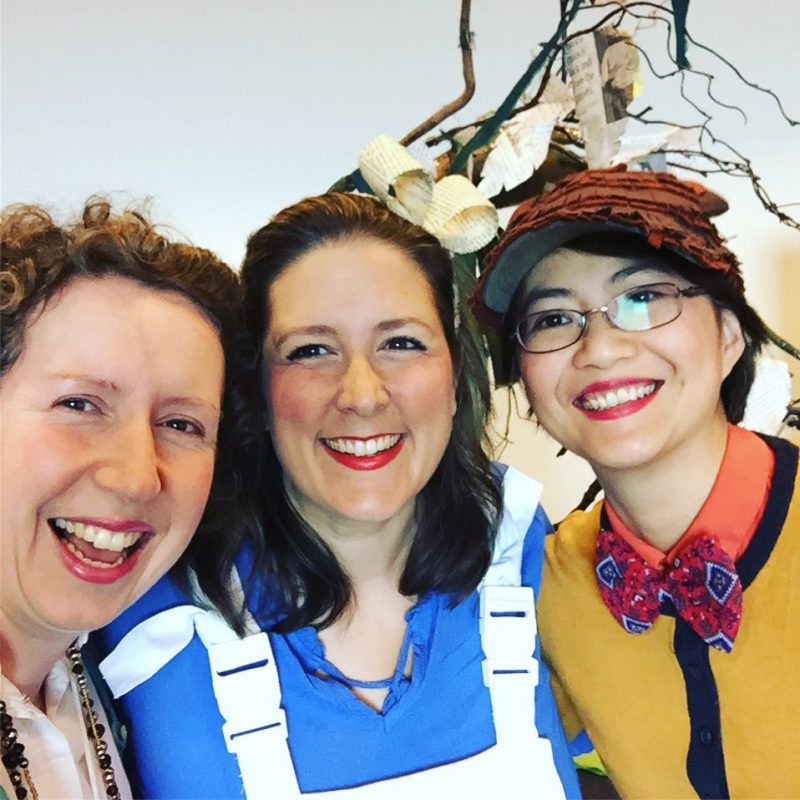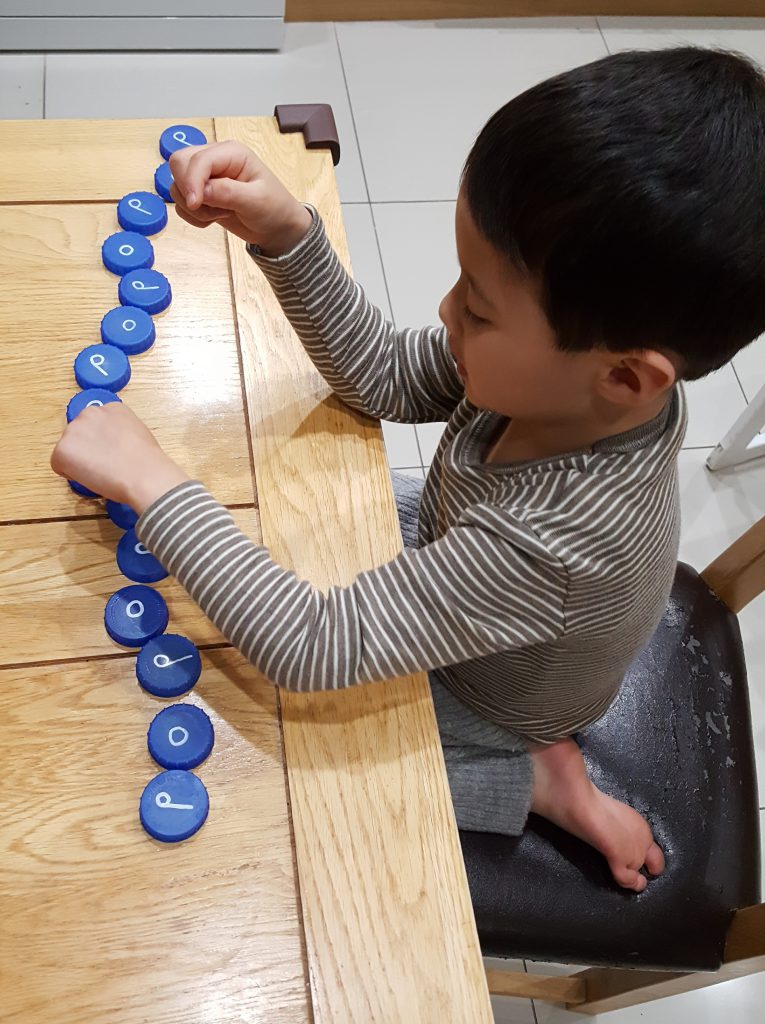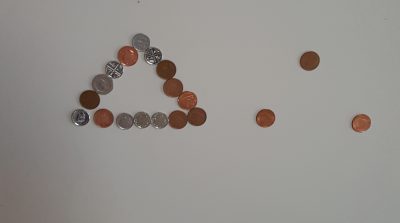If chocolate was a sound, what music would it make?
It dawned on me a few years ago, that when I teach almost all my metaphors are food-based. Food is one of my great weaknesses. Might have something to do with growing up in Malaysia, a society well-known for being food-obsessed. We talk a lot about food, eating, flavours, cooking, and cuisines!
Food is something we all need and have experienced all our lives. So whether you enjoy it or not, flavours and textures of food are something our senses understand.
Last week, I was searching for a way to help a piano student who was struggling to interpret and make sense of musical dynamics in particular piece of music. Two sections were clearly marked ‘quiet’ and ‘loud’ but all he was able to do was to mechanically produce two different volumes without understanding WHY the music demanded it.
I suggested that he played the sections again and asked “What food do these sections of music make you think of?”. Instantly, the light bulb went off. He pointed to the section which had a prominent bass tune and said “Lamb curry….maybe mutton. Something rich with gravy”. The other section with all tunes high up in the treble was ” Light and bubbly…like lemon sherbet or champagne?”
And just like that, he wanted to show off a light sparkly sound in the
‘quiet’ section and the ‘loud’ section took on a full-bodied tone.
So…. back to my original question. If chocolate was a sound what music would it make? I think of cellos and French horns as ‘chocolatey’ sounds. Coffee is Latin American music: wakes me up and makes me happy.


